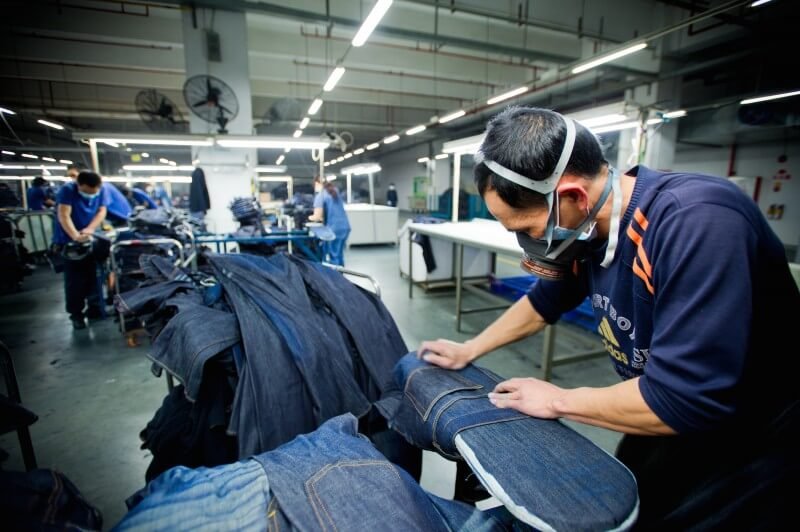Researchers at the University of California, Berkeley are trying to make the process of making blue jeans greener, by engineering bacteria to produce the indigo dye responsible for jeans’ characteristic hue.
“Indigo dying for denim is unfortunately a pretty dirty process,” says John Dueber, a professor of bioengineering who co-led the research, recently published in the journal Nature Chemical Biology.
…
The team engineered a strain of E. coli bacteria to be a chemical factory for producing an indigo precursor. The precursor is stable and can be stored until needed. Unlike traditional synthetic indigo, which requires chemical treatment to reduce and solubilize the indigo so it can crystalize in the cotton fiber, the E. coli-produced precursor only needs the addition of an enzyme. The final result is “identical” to traditional synthetic indigo dying, Dueber says.
…
“We feel pretty confident that we could scale the process to larger volumes,” Dueber says. “But there’s always work to be done going from the lab scale to an industrial scale.”
Dueber estimates the bacteria-produced indigo could be used in small-scale designer jean manufacture in just a few years.
Read full, original post: Have Scientists Found a Greener Way to Make Blue Jeans?
































